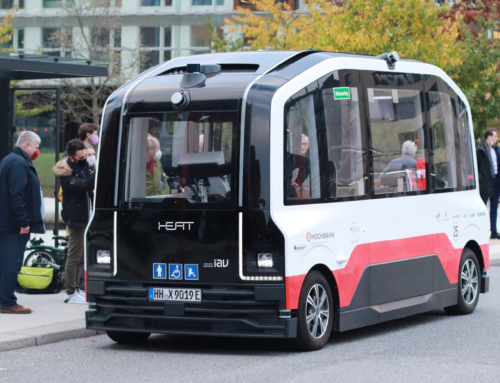Project Description
Researchers at the University of Waterloo wanted to create a high-performance electric vehicle research platform that could be used to test and develop novel algorithms for active safety, traction control, and electric vehicle power management. They chose a Buick Enclave as the base vehicle, and converted it into a 720V, 300kW electric vehicle by replacing the internal combustion system with an electric drive system.
The challenge was to integrate the new electric drive system with the rest of the vehicle, and to develop a complete vehicle control strategy in a short time. The researchers needed a flexible and powerful solution that could handle the complex and high-speed communication requirements of the electric vehicle, and that could also allow them to rapidly iterate and test their control algorithms.
The solution was to use FlexCase, a modular and scalable onboard control system that can be customized for various applications. The FlexCase can be easily configured and connected to various sensors, actuators, and devices, and can run custom software modules written in C, C++, or Simulink.
The researchers used four FlexCase controllers to replace the engine control module, body control module, and connect the new electric drive system to the rest of the vehicle. The FlexCase controllers were installed at each axle, at the high-voltage battery, and at the body control module. The FlexCase controllers communicated with each other through a LAN intranet, and could also be accessed wirelessly from a single workstation. The FlexCase controllers performed the following functions:
- FlexCase at each axle for powertrain control
- Controlled a TM4 200kW electric motor and an Audi eLSD at each axle
- Implemented torque vectoring and traction control algorithms
- FlexCase high-voltage battery controller
- Managed two 360V lithium ion packs in series, providing 720V to the electric motors
- Interfaced with Orion BMS to monitor and balance the battery cells
- Controlled all safety and control circuitry, such as contactors, fuses, and relays
- FlexCase body control module
- Handled all OEM messaging requirements, such as CAN, LIN, and FlexRay
- Took inputs from the driver, such as accelerator, brake, and steering
- Displayed settings and information on the OEM instrument panel, such as speed, power, and battery state of charge
The vehicle went from no control present, to driving on the road in less than a month, which is unprecedented for developing an entire vehicle control strategy. The FlexCase onboard computers allowed the researchers to easily modify and update their software modules, and to share analytics and data among the controllers. The vehicle runs completely independently, but can be complemented by an onboard laptop running Simulink real-time for rapid R&D. Researchers can add software modules to the core controllers present on the vehicle, or add additional FlexCases to control specific experiments.
The FlexCase system enabled the researchers to create a high-performance electric vehicle research platform that can be used for various applications and experiments. The vehicle is a valuable asset for the researchers, and showcases the potential of FlexCase for developing advanced and innovative vehicle control systems.








